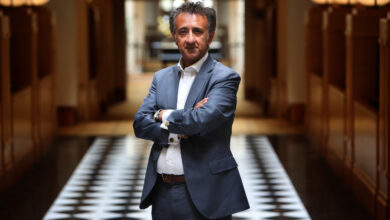CommentaryOn CampusTop Stories
To be or not to be: a hybrid return to campus

The term ‘hybrid’ has popped up across the higher education sector to denote a part return to campus, by both domestic and international students. Yet its application and perceived longevity are not as cut and dried as many would believe.
Please login below to view content or subscribe now.





